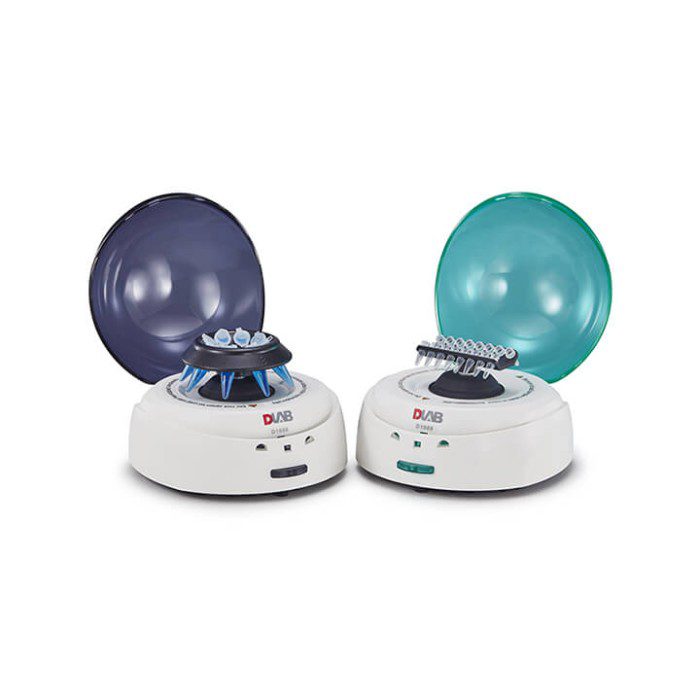When you are in the laboratory, you must have tried the activity of separating a solution into its constituent substances. Separation of the solution of these substances can be done using a tool called a centrifuge. Many still need to understand the meaning and function of a centrifuge and how it works.
The centrifuge works as a means of separating several substances in one solution. The separation process is by the deposition method. This tool is designed to facilitate the deposition process in the separation of substances with a rotating machine mechanism. The rotation is based on the centrifugal force that affects the gravitational force.
Definition and Function of Centrifuge
The centrifuge can be used for biochemical research in the laboratory. For example, to separate human blood cells, both white and red blood cells. Or also beneficial for the separation of solutions of other substances. Please feel free to listen to the discussion below to learn about the meaning and function of the centrifuge.
A. What is a Centrifuge?
The meaning and function of a centrifuge which has the understanding that a centrifuge is a tool or machine made to separate a particular substance that is in solution. This tool is often found in research and health laboratories. The centrifuge was first discovered by a foreign scientist named Benjamin Robins around the 1700s.
The centrifuge works by using electric power, which can move the components inside. The rotor is the main component that can be used to separate a solution. The rotor will produce mechanical motion by rotating movement with a certain speed according to the user’s needs.
B. Centrifuge Function
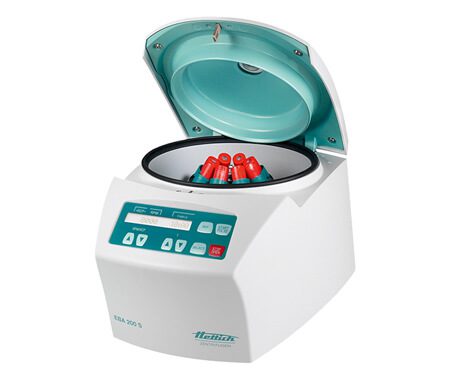
The centrifuge was made with the primary purpose of helping humans work in separating various types of substance solutions in the field of laboratory research. In addition, the centrifuge also has several derivative functions that you can see as follows:
- As a separator of the content of substances in a particular solution. Both chemical and biological substances.
- To separate red blood cells from white blood cells to be taken plasma cells.
- Separating urine and blood to analyze or diagnose a person’s illness.
- Can be used to separate a food content.
5. Can be used to purify a cell.
6. Can be used for the separation process in animal milk, which separates the fat and milk content.
C. Types of Centrifuge
After knowing the function of the centrifuge, let’s also know the types. In its development, the centrifuge is made into several substance separators. These types differ in their respective forms and uses. The following are the types of centrifuges that you need to know:
1. General Purpose Centrifuge
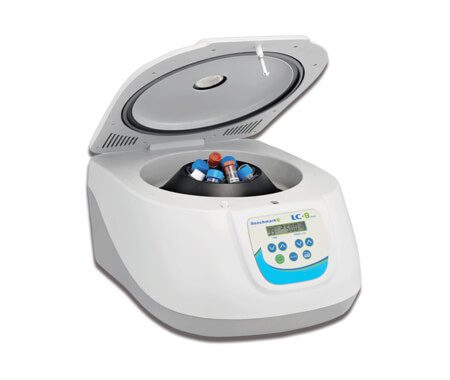
This type of centrifuge is a centrifuge that is often used for various needs in the laboratory, which has the usual shape and can be put on the table. This type of centrifuge has a speed range of 0 to 3000 rpm. Can accommodate 5 to 100 ml solution samples per rotation.
2. Microcentrifuge
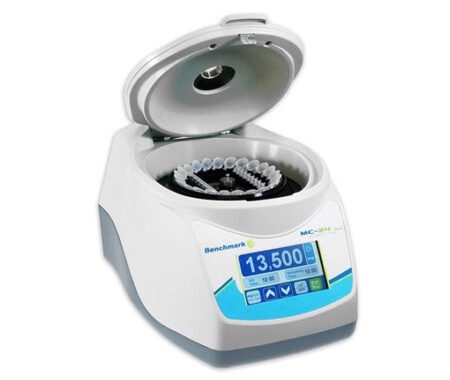
A microcentrifuge is a helpful machine for separating specific solutions or special microtubes. This machine has a higher speed than the general-purpose centrifuge. Because of its smaller size, it can only accommodate a microtube of about 0.5 to 2.0 ml.
3. Specialty Centrifuge
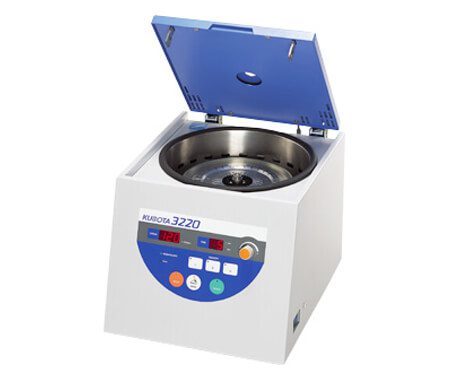
This specialty centrifuge is a machine only used for more special substance separation needs. For example, it is used for microhematocrit to measure pack cell hematocrit. And it can also be used for blood bank, which is serologic separation in tubes.
4. Ultra-refrigerated centrifuge
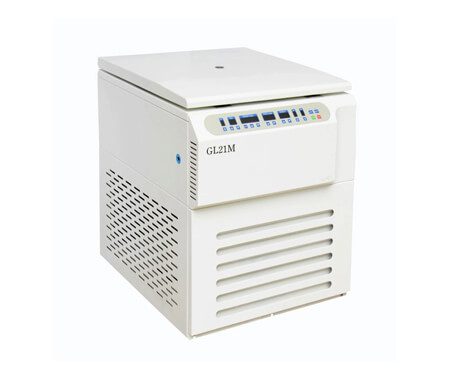
Ultra and refrigerated centrifuge is one machine often used for research in biochemistry laboratories. This type of tool differs from some previous classes, where the speed is higher, around 50 thousand to 20 thousand rotations per minute. The advantage of this tool is that it is equipped with a sample cooler so that the temperature conditions are appropriately maintained.
D. Centrifuge Component
The centrifuge has several components that are designed into a single unit. There are main components and complementary components in it. To find out, let’s look at the components of the centrifuge as follows:
1. Rotor
The rotor is the main component of driving the centrifuge, which has a way of working that can rotate at a certain speed. The speed depends on the type of centrifuge used. The rotor itself has two types, namely the fixed rotor and the swing-out rotor, which have different types of rotation.
2. Drive Shaft
The drive shaft is another component found in the centrifuge. You can use it as a support for the rotor components. The drive shaft is connected to other parts, namely the motor.
3. Motor
The motor is a supporting component in the centrifuge. The motor is useful for driving the function of the rotor connected to the drive shaft. So that this motor can move the parts in the centrifuge, it flows to the power button connected to electricity.
4. Centrifuge Tube
The centrifuge tube is one of the components useful for placing samples of certain substances for particle separation. This tube is made slightly concave and pointed at the bottom so that the sample particles can settle to the bottom.
E. How to Use Centrifuge
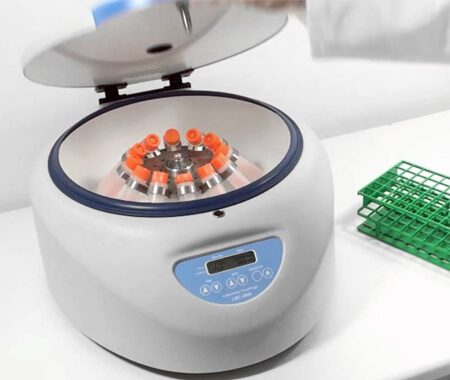
As with laboratory equipment, there must be a good and correct way of using it. Likewise, centrifuges have procedures for use, so they are not mistaken. So that the samples that are successfully processed can be analyzed further. Here’s how to use a centrifuge:
- First, prepare all the tools and sample materials.
- Be sure to plug in the mains so the centrifuge can run.
- The sample to be processed must be put in a glass tube and can be put into a centrifuge machine
- Before starting, ensure the cover on the centrifuge can be tightly closed and locked.
- Set the speed by setting it on the rpm button, and set the required time by setting it on the timer button.
- Press the central button to run the centrifuge.
- When finished, you can press the button to stop or open the centrifuge cover.
- Then, you can remove all the sample tubes that have been successfully processed.
Conclusion
That’s a discussion about the meaning and function of the centrifuge that you can know. The centrifuge is very helpful in various laboratory studies to separate the content of certain substances.

